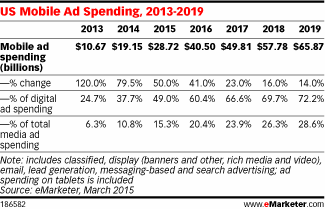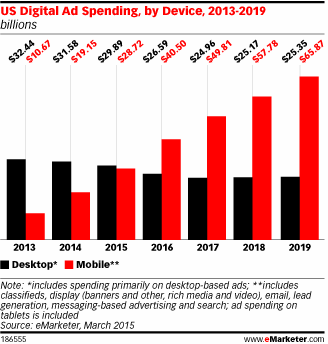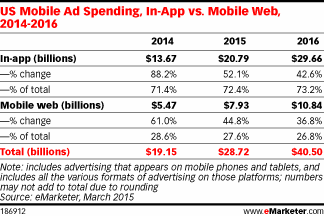What Happened
Stoli wants to give you the feeling of what they are selling. The vodka brand recently launched the first-ever haptics-enabled mobile ads on Opera Mediaworks’ network of mobile apps that can make smartphones vibrate to enhance the narrative of its ads. During a 20-second video spot, viewers can feel their phones shake when they see a woman make cocktails with a shaker or when a dog shakes its tail.
What Brands Need To Do
This unprecedented ad campaign from Stoli took an innovative approach that incorporates one of the native features of smartphones to enhance the mobile ad experience. Besides haptic engines, most smartphones now also have other features – such as barometer, gyroscope, accelerometer, and NFC proximity sensor – that brands can utilize to create interactive mobile ads that intrigue and engage the audience with a unique experience that cannot be replicated on desktop devices.
Source: AdWeek






